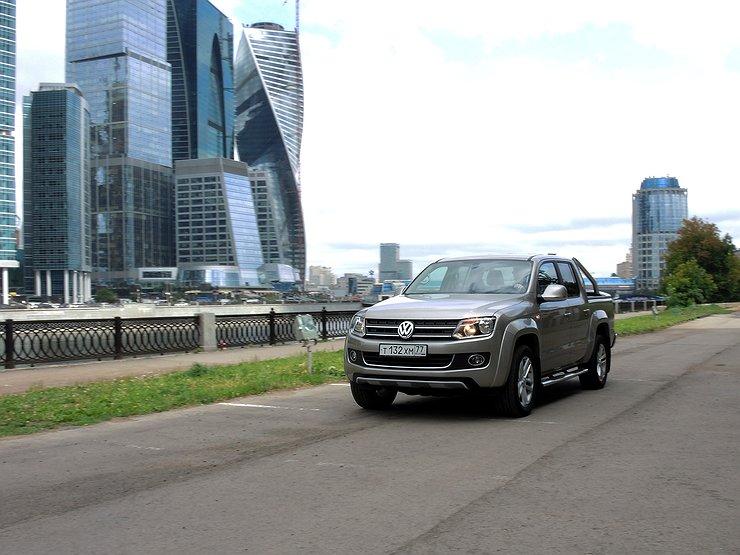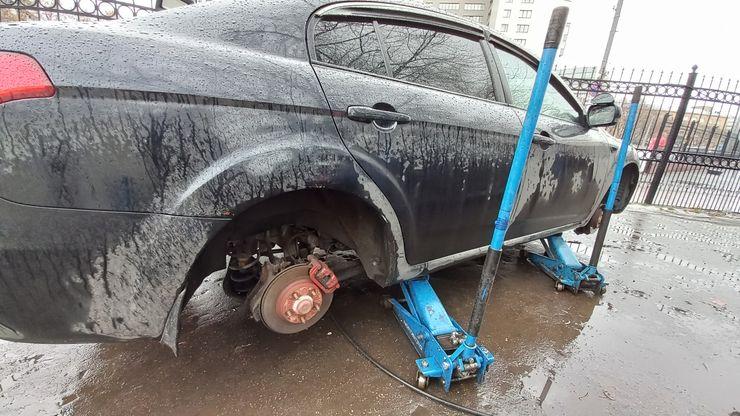
The car coasts worse: what problems should the owner prepare for
After several years of operating the car, many drivers have noticed that coasting when the engine is not under any load, it has become noticeably worse. Because of what this happens and what it affects, the AvtoVzglyad portal found out.
In fact, there is even a whole term for coasting - car coasting. And from time to time it is worth measuring. In the end, it is not in vain that crowds of engineers, designers, aerodynamicists, and other smart people worked on the creation of our four-wheeled assistants.
So, run-out is the distance that the car travels at idle, that is, in the neutral position of the gear lever (for mechanics) or simply with the gas pedal released (for automatic). As a rule, coastdown is measured at speeds from 50 km/h to 0 km/h on a flat paved section of the road. Ideally in calm weather. And to measure the distance traveled, it is best to use not an odometer (it may be faulty or have an error), but a GPS navigator.
In the process of measuring, it is important to understand that for a relatively fresh and fully serviceable car, a distance of 450 to 800 meters is a good run-out. This means that all his "organs" are functioning normally, and there is no reason to sound the alarm. But if the car stops after several attempts, before reaching the minimum threshold, it makes sense to drive it for diagnostics.

Many factors can affect the reduction in runout, one of which is corny under-inflated tires. On flat tires, the friction force increases significantly, which entails not only increased fuel consumption, improper tire operation and accelerated wear, but also reduces run-out performance. Therefore, before starting the test, be sure to check the tire pressure.
If the tires are inflated according to the manufacturer's recommendations, but the runout is still small, you should pay attention to the appearance of the car. If you have been improving its appearance - installing a spoiler, arch extensions, new bumpers, a winch, trunk crossbars or some other tuning, then it may well change the aerodynamics of the car by lowering the run-out performance.
But what if the body was not touched? Then it is worth checking the wheel bearings. If they have not been changed for a long time or you know for sure that one or more of them are faulty because they are buzzing, then this is a direct reason that your car cannot run out of its TRP norm.

Naturally, if the test fails, the brake system must also be checked. Discs, pads, calipers, guides - all this must be fully functional and in good technical condition, of course, with grease that can withstand high temperatures. If the pads bite the discs, which, among other things, have been overheated and crooked more than once, then do not expect a good run-out. As well as braking.
Coast down is reduced after serious accidents. As the geometry of the body changes, aerodynamics, centering, and load on the axle or individual wheel deteriorate.
And, of course, with a small run-out, it is worth checking the wheel alignment. Firstly, it happens that after a serious accident it is simply impossible to do it normally. And then there will be no good run-out indicator. Just as your tires will not have a long and wonderful life. Secondly, if you have not adjusted the wheel alignment for a long time, then even a slight misalignment in the suspension will affect the friction force of the wheels, and, consequently, the run-out distance.
